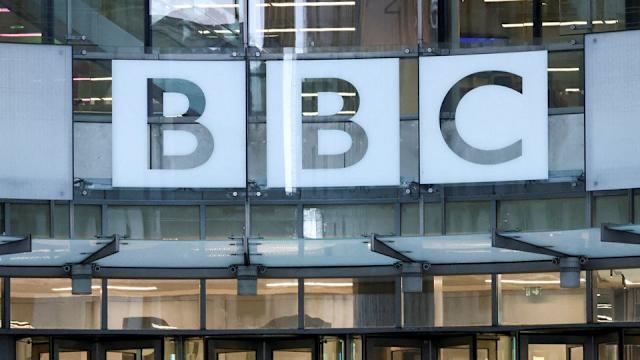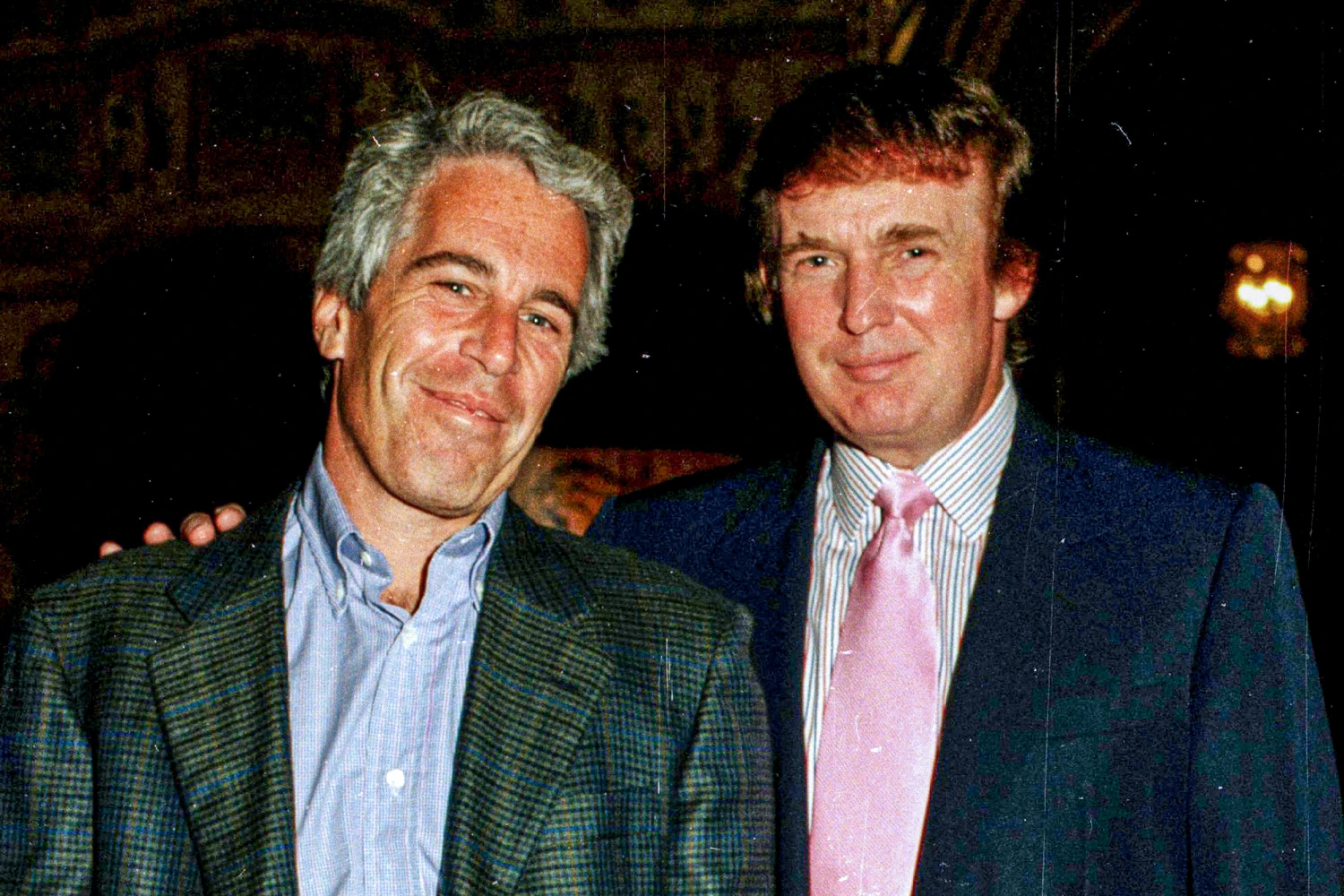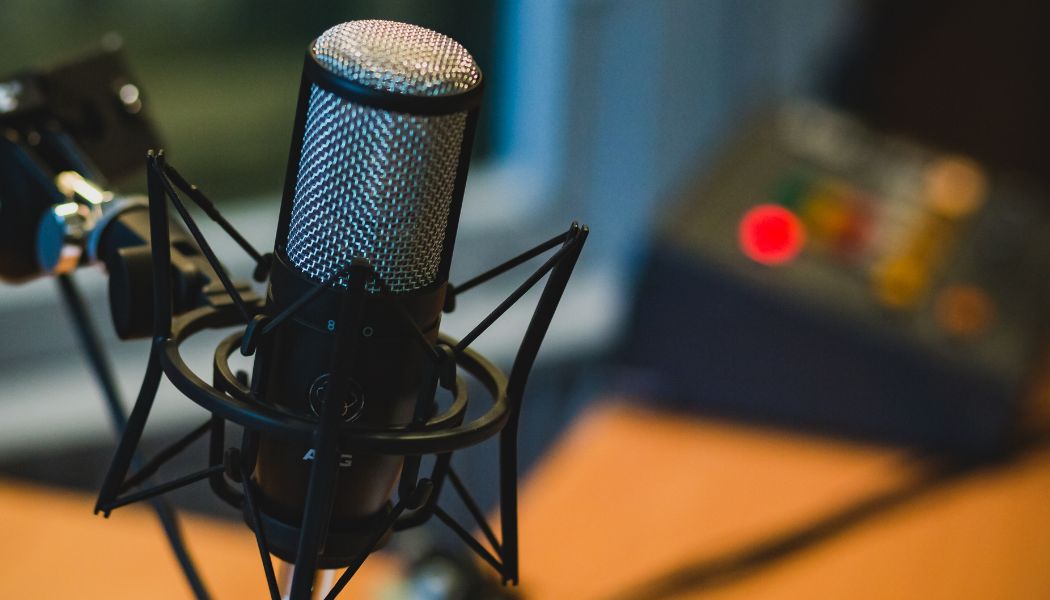The World’s Rarest Blood: Understanding Rh Null
Blood transfusions remain one of medicine’s most critical life-saving procedures. Yet, for the extremely small group of people born with Rh null blood, the process is not only complicated but potentially impossible. Only around 50 people in the entire world are known to possess this unique blood type, often referred to as “golden blood.”
This rare variant lacks all 50 Rh antigens found on red blood cells. This makes it a universal match for individuals within the Rh blood system. However, for those who carry it, receiving a transfusion is nearly impossible since no compatible donor exists. According to researchers at Stanford Medicine, the complexity of blood group compatibility stems from the immune system’s ability to detect and reject unfamiliar antigens. This defense mechanism, while vital, makes transfusions risky for rare blood carriers.
The scientific community has therefore turned its attention to laboratory innovation. They are exploring ways to replicate Rh null blood through advanced gene-editing and cell-culture techniques. Their ultimate goal is not just to save lives but to create a universal transfusion solution that could eliminate blood-type limitations altogether.
Gene Editing and the Rise of Lab-Grown Blood
In groundbreaking research at the University of Bristol, scientists have successfully used CRISPR-Cas9 to engineer red blood cells. These cells lack the most immunogenic blood group antigens — including ABO, Rh, Kell, Duffy, and GPB systems. The resulting cells, described as “ultra-compatible,” may one day serve as universal donor blood.
Teams at Harvard Stem Cell Institute y Laval University have also joined the effort. They are modifying induced pluripotent stem cells to erase genes responsible for Rh and ABO markers. Their experiments have produced O-type Rh null immature red blood cells, a potential breakthrough toward achieving a universally safe transfusion option.
However, growing these cells in the lab poses enormous challenges. Human bone marrow creates red blood cells through a series of highly complex biological signals. These signals are still difficult to replicate artificially. Even when the right gene sequences are removed, lab-grown blood cells often struggle to mature properly or fail to retain structural stability.
Immunologist Gregory Denomme, formerly of the Versiti Blood Research Institute, notes that deleting blood group genes can cause the cell membrane to deteriorate, reducing yield and efficiency. Despite these difficulties, ongoing trials like RESTORE, the first clinical trial testing lab-grown blood in humans, are offering promising insights. They explore how artificial blood behaves once transfused.
A Future of Infinite Donors
The implications of creating Rh null blood in the laboratory extend far beyond rare blood carriers. With nearly 47 recognized blood group systems y over 360 known antigens, universal lab-grown blood could redefine how hospitals manage transfusions, trauma care, and emergency medicine worldwide.
Researchers at Scarlet Therapeutics, a biotech spin-out founded by University of Bristol scientists, are currently developing cell lines from rare blood donors that could be cultivated indefinitely. This could lead to the creation of rare-blood banks. They ensure that individuals with unique blood profiles — such as the Bombay phenotype or Rh null carriers — have access to life-saving transfusions on demand.
Moreover, as precision medicine advances, universal blood could support fields like organ transplantation, cancer therapy, and regenerative medicine. Institutions such as Mayo Clinic are already studying how rare blood compatibility affects surgical outcomes and long-term recovery.
Still, widespread use of lab-grown blood is years away. Ethical considerations, regulatory oversight, and production costs remain major barriers. While gene-editing technologies are becoming more precise, the debate over their medical use continues across the United States and Europe.
Yet the dream of producing “golden blood” on demand persists. For the small community of Rh null carriers — often encouraged to store their own blood in deep-freeze biobanks — the promise of lab-grown transfusions could mean freedom from fear in medical emergencies. For the rest of the world, it represents a step toward ending blood scarcity forever.






